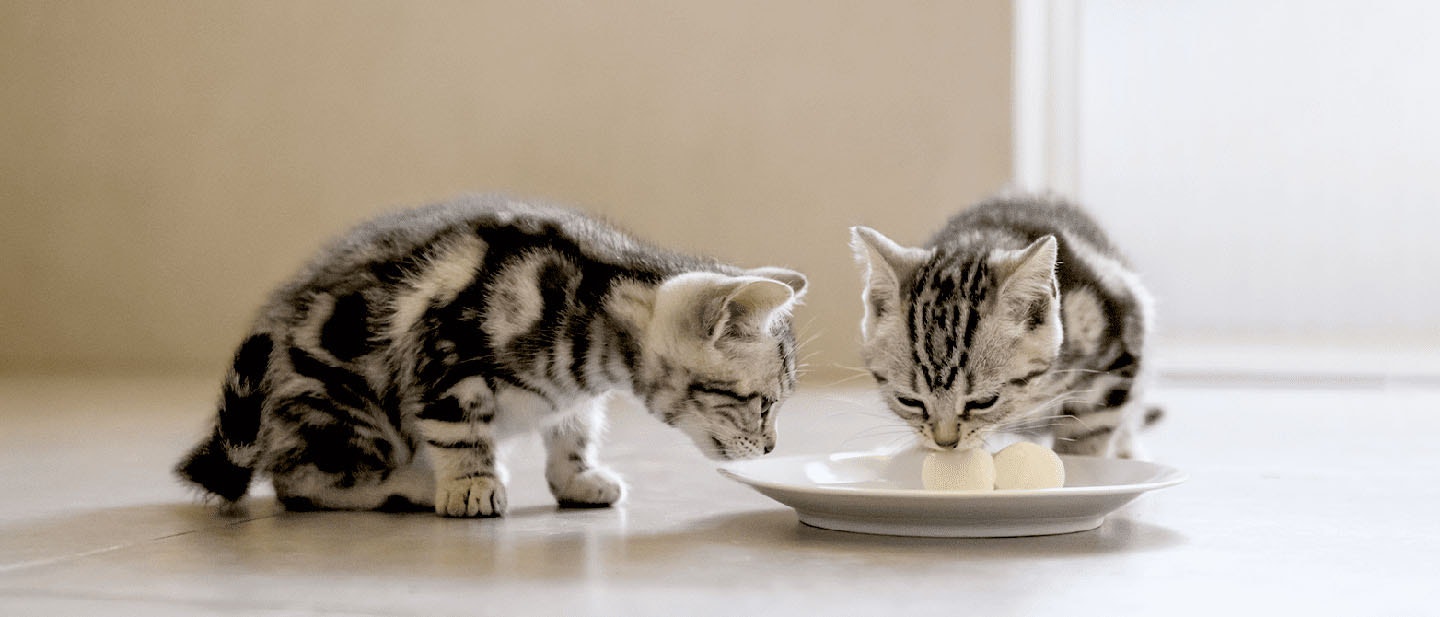
Recommended Kitten Food for Kittens
Nutrition is the building block of life and your little furball needs the right kind of food to meet its regular nutritional requirements for growth. A kitten’s nutritional needs are very different than an adult cat’s. And hence, you need to choose the right kitten food to ensure your kitty is receiving all the nourishment it should.
This article will talk about everything you need to consider when selecting the right kitten food for your furry munchkin.
How to find the right Kitten food?
Nutritional Requirement:
Newborn kittens require a lot of essential proteins, fatty acids, vitamins, and minerals to nourish their physical and cognitive development. The nutritional requirement of a kitten is substantially higher than an adult cat, making it important to carefully choose the best kitten food for kittens suited for your little munchkin.
Age and Health status of Kitten:
The age and health status are important deciding factors when it comes to choosing the best rated kitten food. It is important to adequately alter their nutritional intake and change to healthiest kitten food to support their age and health status. In their kittenhood, furries must be fed the best rated kitten food to keep away the risks of infections and diseases.
Ingredient Quality for Kitten Food:
Kittens require a higher daily intake of protein and fatty acids to keep up with their physical growth, and hence require the best ingredient quality in the best rated kitten food.
Life Stage for Kitten:
Throughout their kittenhood kitties go through varying stages of growth and must be adequately supplemented with the correct combination of essential nutrients and best rated kitten food. The everyday nutritional intake for kittens and best rated kitten food must be changed depending on their life stage.
Wet or dry Kitten Food:
It is always important to start with wet best kitten food for kittens and gradually transition to dry recommended kitten food. This is because their teeth are still developing and cannot eat dry best kitten food for kittens and hence should be offered wet healthiest kitten food.
Things to avoid for Kitten’s food
Although wet and dry best kitten food for kittens are both excellent choices to offer to your little fur baby. Here are some things to avoid in recommended kitten food.
- Foods that are heavily spiced or oily are best avoided.
- Raw meat and eggs contain bacteria such as salmonella and can lead to digestive disorders.
- Caffeine and chocolates are highly toxic for cats of all ages and are best kept out of reach of kittens.
- Onion and garlic are also unsuitable for young cats as they contain disulfides and thiosulphates and can trigger a toxic reaction in cats.
Different Types Of Cat Food
Dry Cat food:
When looking for the best kitten food for kittens, WHISKAS® 2 12 months dry kitten food is possibly one of the best foods for your precious munchkin in the long run.
This is because WHISKAS® 2 12 months dry cat food is delicious and helps maintain good oral health in kittens. Furthermore, dry kitten food is convenient and has a long shelf-life.Semi-Moist Cat Food
Semi-moist recommended kitten food is also a good choice to offer your kitten as it is easy to chew and digest and is helpful during transitioning from their mother’s milk.
Wet Cat Food
Once your kitten has weaned, WHISKAS® wet food kitten is the perfect choice. Introduce your kitten to WHISKAS® 2 12 months cat food as WHISKAS® wet food kitten is easier to chew and digest.
In addition to being rich in all essential proteins, fatty acids, and nutrients, the wet healthiest kitten food is immensely flavourful and appetizing, and makes sure your little feline furball is well-fed and hydrated all day long.
Do Kitten need Wet Cat Food or Dry Cat Food?
It is normal for the kitten’s nutritional intake and feeding patterns o change depending on their age and growth, and WHISKAS® wet food kitten or dry recommended kitten food can be introduced accordingly.
Since birth, kittens are completely dependent on their mother’s milk till they reach 2 months of age, following which, you can gradually introduce them to wet WHISKAS® cat food kitten in small portions during mealtimes. By the time they are 4 months old, kittens can be given semi-moist kitten food or a mixture of wet and dry cat food, although in controlled portions. Once completely weaned at the age of 8 months, kittens can be given dry kitten food in usual amounts.
